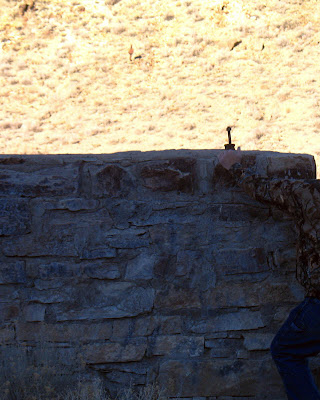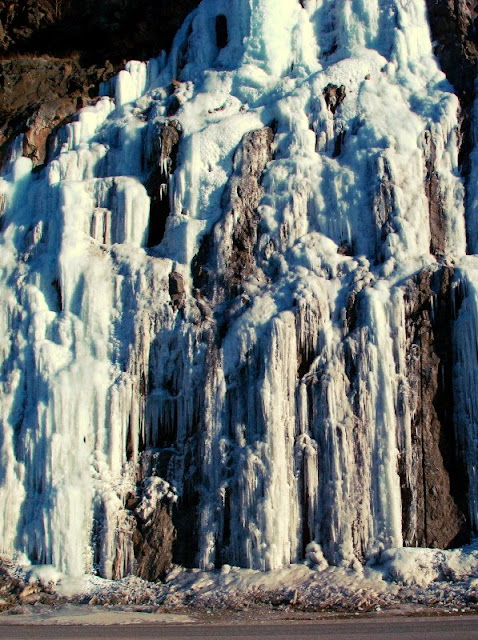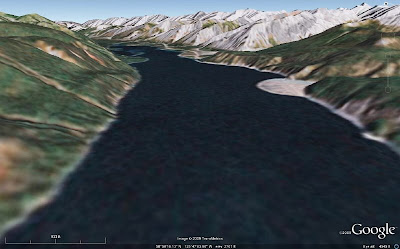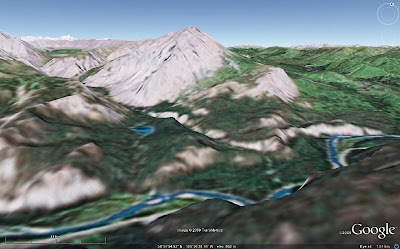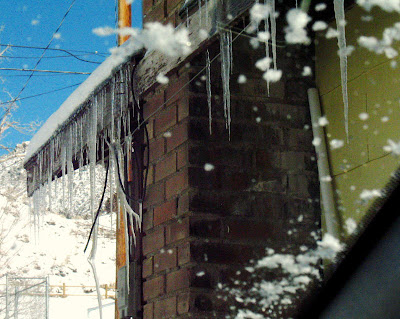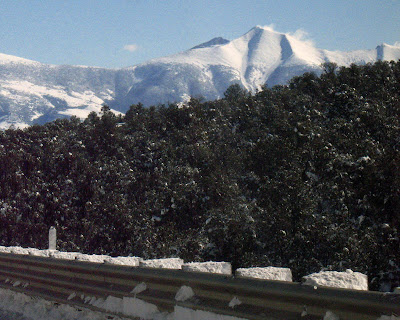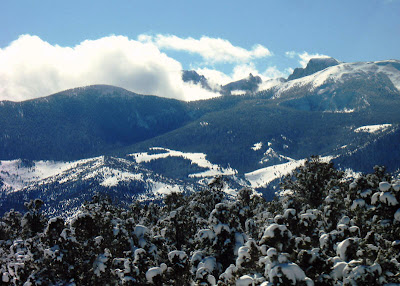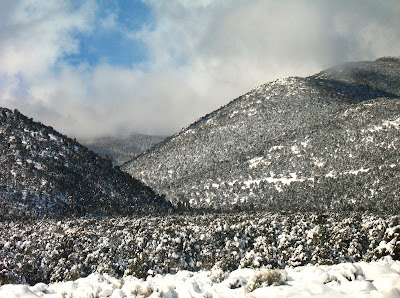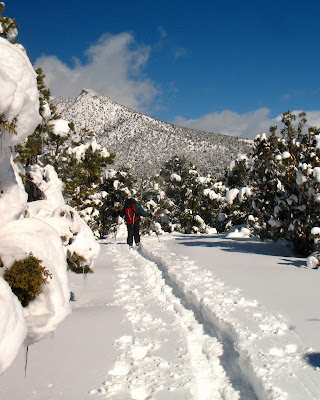Just when my content and photo posts were starting to drive me nuts - a new meme!! Yay! Seen at
Outside the Interzone: Thanks, Lockwood. He states: "The origin of this
list is here (with discussion and nice photos) via
Swans On Tea." WARNING: This is another one of those 100% U.S.-centric memes. I personally have been to zero falls outside the U.S. and Canada.
You all know what to do: "Bold the ones you've visited, add comments as desired, and as a bonus, add a personal favorite that's not on the list, and that you think other waterfall enthusiasts would enjoy."
This meme counts backwards, from #10 to #1. If you make it to the end, Lockwood added a bonus falls, which I haven't been to. I should add some waterfall on the Alcan, let me think about it a minute... Oh, not to keep you waiting, or anything! (P.S. I'm just sure
Callan Bentley has been to all but one or two of these!)
#10 Lower Calf Creek Falls, Escalante National Monument, Utah
#9 Lower Falls of the Yellowstone River, Yellowstone National Park, Wyoming#8 Upper Whitewater Falls, in southwestern North Carolina
#7 Snoqualmie Falls, between Snoqualmie and Fall City, Washington - have I been there? Maybe. Do I remember it? No.
#6 Havasu Falls, Supai Village, Havasupai Indian Reservation, Grand Canyon, Arizona [Been to Lava Falls, however; I know, not the same!]
#5 Shoshone Falls, Twin Falls, Idaho [Ooh, a pretty one that I haven't been to, yet.]
#4 Multnomah Falls, Columbia River Gorge, Oregon [My absolute favorite falls in the whole world - I've been to the bottom millions of times, to the top once. It's a family falls, I think.]
#3 Bridalveil Falls, Yosemite National Park, California [What about Yosemite Falls, Vernal Falls, Staircase Falls, all the other ones in Yosemite?]
#2 McWay Falls in Julia Pfeiffer Burns State Park, Big Sur, California [Hmm... check this one out; it's only on the list because it supposedly is the only waterfalls in the U.S. falling directly into the ocean.]
#1 Niagara Falls, Niagara, New York
Bonus Waterfall: Salt Creek Falls, Oregon [via Lockwood]
Bonus Waterfall: Palouse Falls, eastern Washington [via me] -
a remnant of the floods that created the Channeled Scablands.
Picture and some info here.
[I don't think you have to keep adding to the list, here, like I did - just add a bonus one and pass it on.]
I have 4, including my bonus one.
 T-shirt seen on the back of a random (former) Oregonian.
T-shirt seen on the back of a random (former) Oregonian. Yes, it's Stone IPA, a decent to good India Pale Ale. Yay for IPA's! See this review by Geology Joe at SlingShot Thought for more details on the beer.
Yes, it's Stone IPA, a decent to good India Pale Ale. Yay for IPA's! See this review by Geology Joe at SlingShot Thought for more details on the beer.






